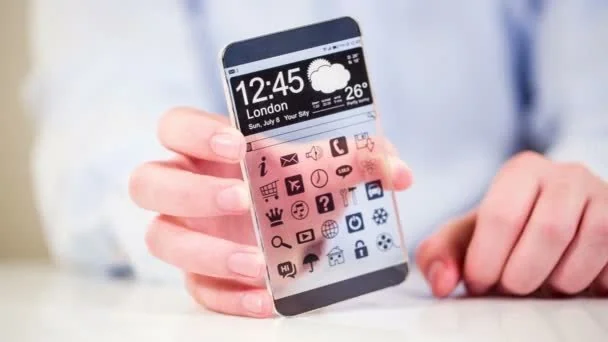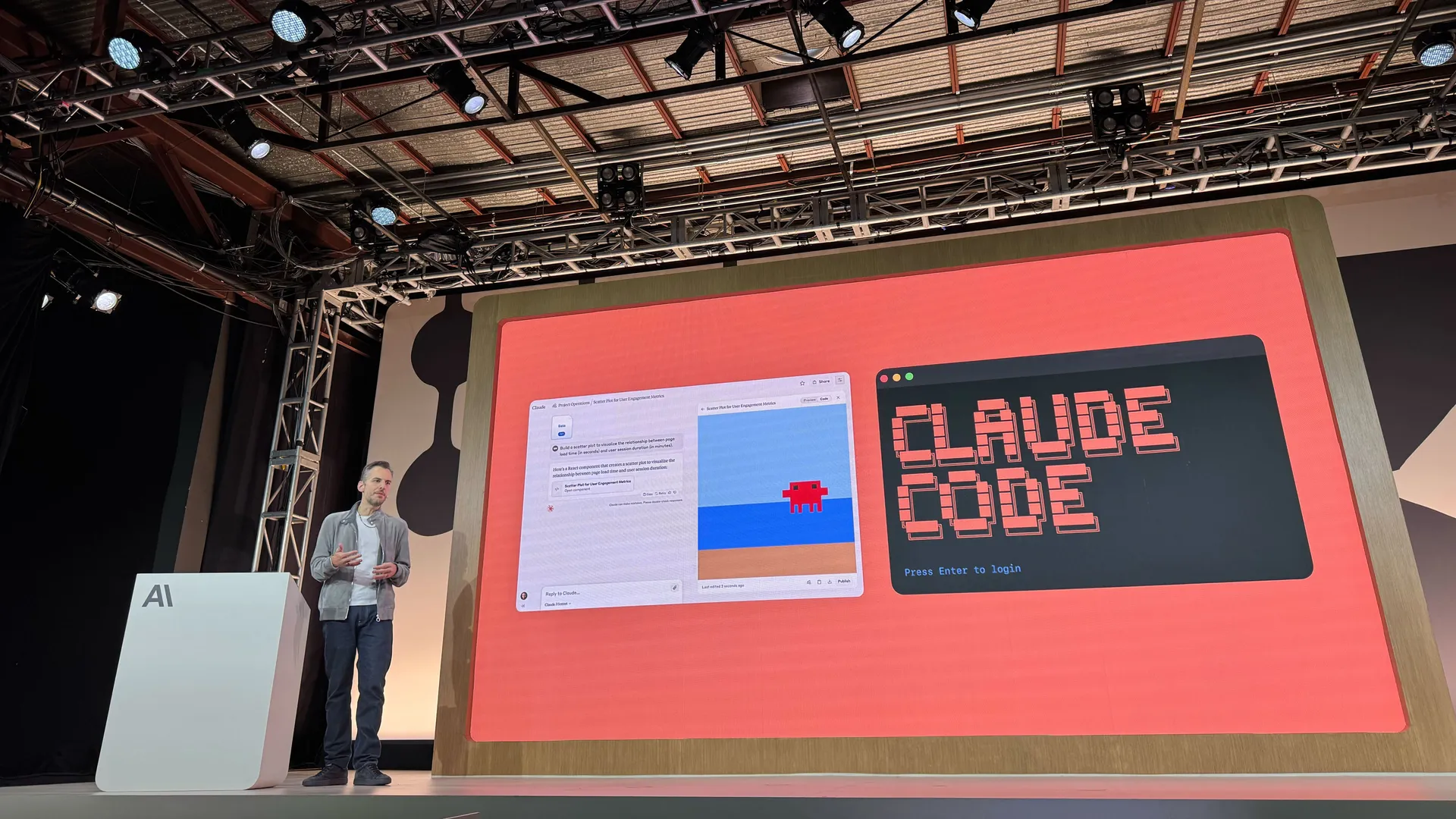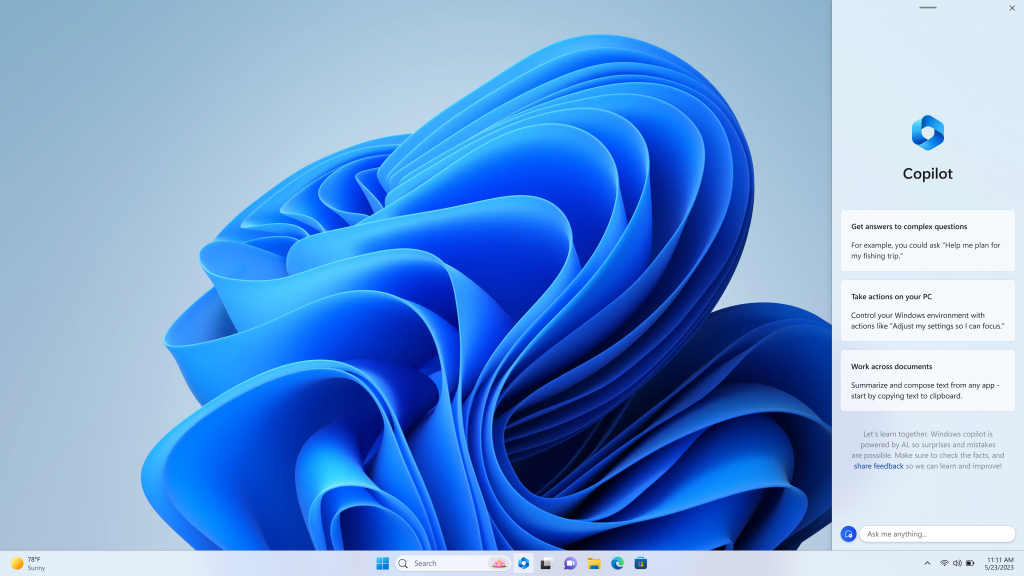OpenAI, the powerhouse behind ChatGPT, is reportedly venturing into the hardware world with its first dedicated AI device, anticipated to be as remarkably tiny as an iPod Shuffle and slated for mass production in 2027. This ambitious project, a collaboration with former Apple design guru Jony Ive, hints at a future where AI seamlessly integrates into daily life through unobtrusive, screenless companions.
According to recent reports, the initial prototype of OpenAI's AI device, codenamed internally, will be a compact, minimalist gadget slightly larger than the Humane AI Pin. Its design is expected to evoke the elegant simplicity of Apple's iconic iPod Shuffle, with a focus on being wearable – potentially around the neck.
Key Details and Expected Features of OpenAI's AI Hardware:
Ultra-Compact Form Factor: The device is rumored to be extremely small, comparable in size to the classic iPod Shuffle, prioritizing portability and discreet integration into daily life.
Screenless Design: Unlike smartphones or smart glasses, this AI device is not expected to feature a display. It will likely rely on voice interaction and contextual awareness.
Environmental Sensing: Equipped with cameras and microphones, the device will be designed to perceive and understand its surroundings, enabling proactive and contextually relevant AI assistance.
Offloaded Processing: To maintain its tiny size and likely extend battery life, the device is expected to offload much of its complex AI processing and output to connected smartphones and PCs.
Designed by Jony Ive's Team: The project stems from OpenAI's acquisition of Jony Ive's AI hardware startup, io, bringing his renowned minimalist design philosophy to OpenAI's first physical product.
Mass Production by 2027: While still in the early prototype phase, mass production is anticipated to commence in 2027, with assembly potentially taking place in Vietnam to mitigate geopolitical risks.
"Third Core Device": OpenAI CEO Sam Altman has reportedly hinted at this device becoming a "third core device" in a person's life, alongside their laptop and smartphone, suggesting a new category of personal AI companions.
Implications for the AI and Tech Landscape:
OpenAI's foray into hardware signals a strategic move towards a more tangible and integrated AI experience. This initiative could:
Redefine Human-AI Interaction: By moving AI beyond screens, OpenAI aims to create more natural, ambient, and intuitive ways for users to interact with their powerful AI models.
Intensify Competition in AI Hardware: The entry of OpenAI, backed by Jony Ive's design expertise, will significantly heat up the competition in the nascent AI hardware market, challenging existing players like Humane and Rabbit.
Pave the Way for New AI Applications: A dedicated, context-aware AI device could unlock entirely new use cases for artificial intelligence, from real-time personal assistants to pervasive smart environments.
Diversify OpenAI's Revenue Streams: Expanding into consumer hardware provides OpenAI with a new avenue for monetization beyond its software and API services.
Conclusion: A Glimpse into the Future of Personal AI:
OpenAI's ambitious project to launch an iPod Shuffle-sized AI device in 2027 with Jony Ive at the design helm is a clear indicator of the company's vision for the future of personal AI. This move underscores a growing industry trend towards seamlessly integrating AI into our physical world, promising a new generation of intelligent companions that are always present, contextually aware, and designed for intuitive, screenless interaction.








